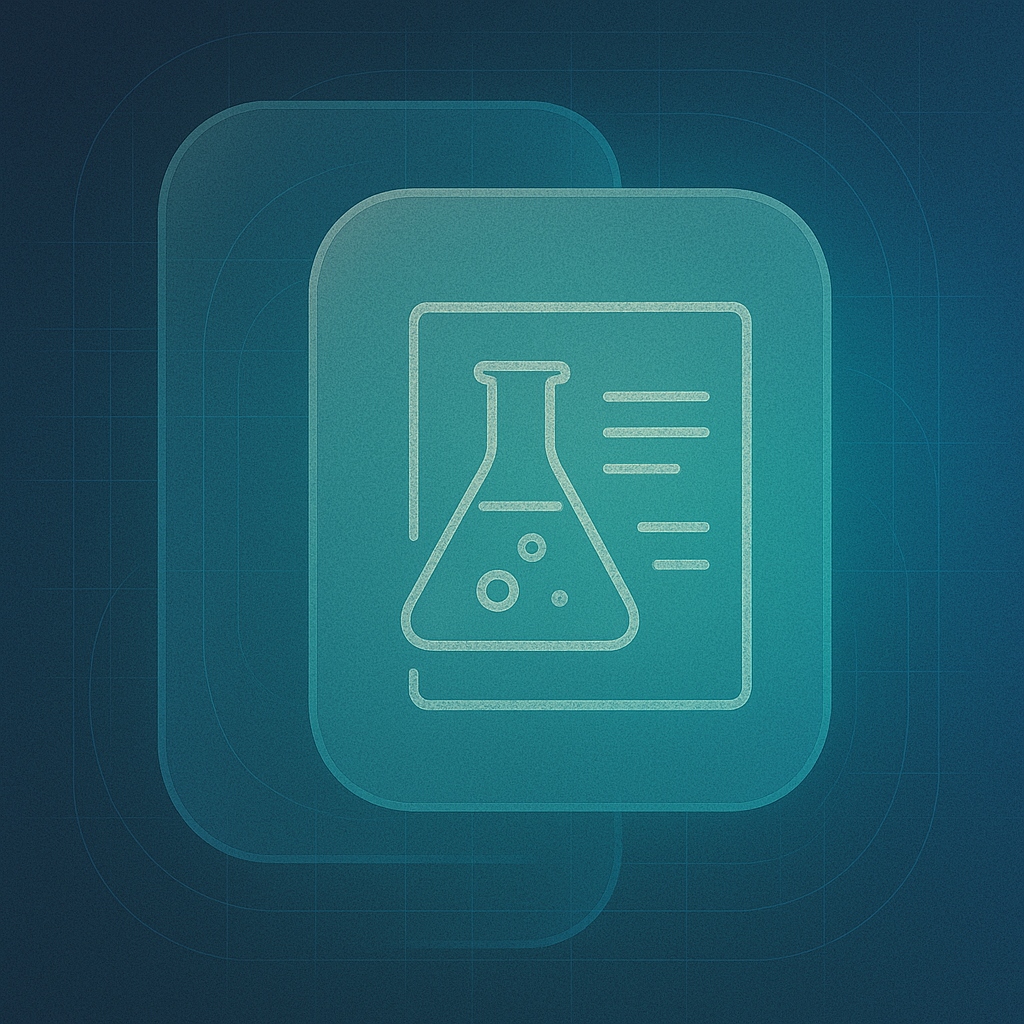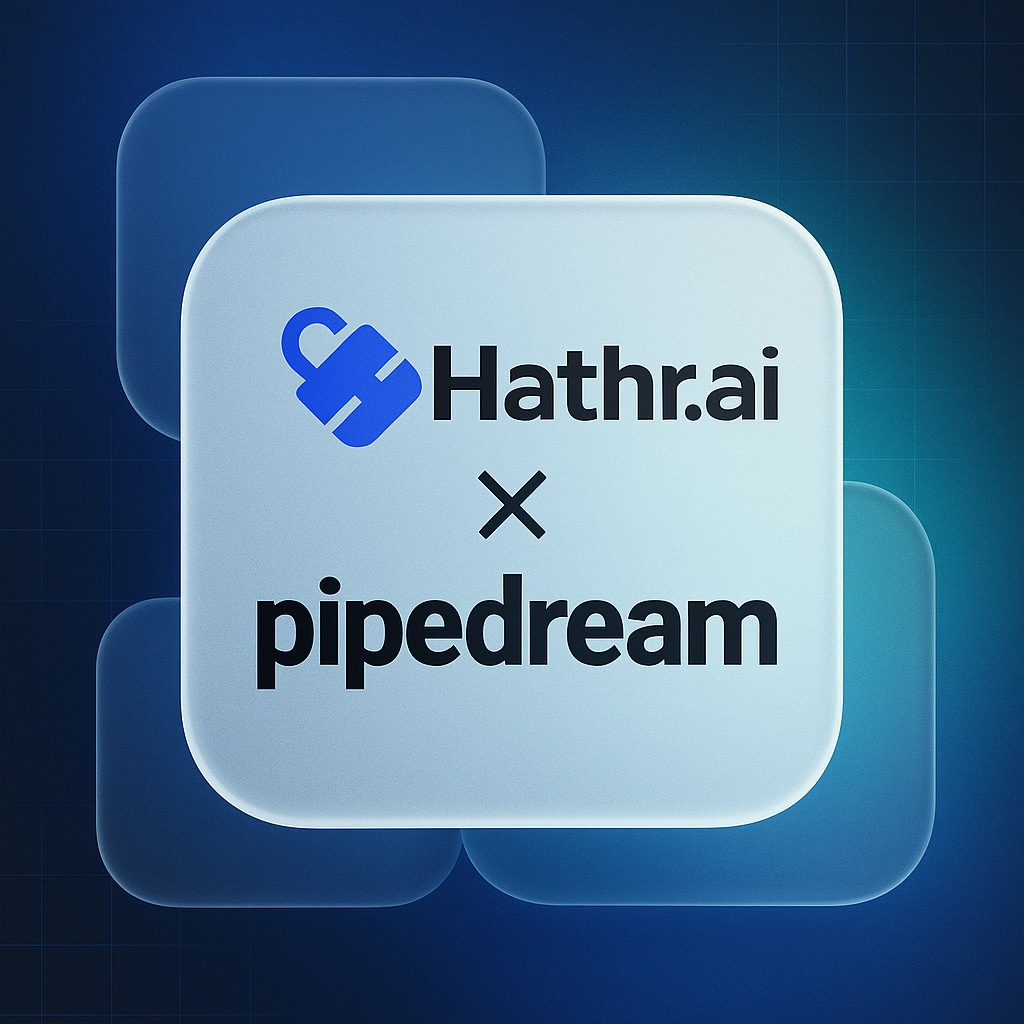How OpenAI Became a For-Profit Company and What It Means
This article provides a high level analysis of the incentives, method, and reasons for OpenAI's decision to become a For-Profit Corporate Entity, and what that means for people and corporations that want to protect their data.
Questions answered include:
- How does this change for OpenAI affect data collection and privacy for users?
- Why is OpenAI moving to a For-Profit corporate organization?
- How does this change affect users in regulated fields like Healthcare, Law, and Finance
- Why users have even more reason to avoid OpenAI tools when processing regulated data (e.g. HIPAA controlled data, PHI, PII, protected client privelege, etc.)
1. Origins & the non-profit ideal
OpenAI was founded in 2015 with the explicit mission of developing artificial general intelligence (AGI) “that benefits all humanity." Most of its original employees who shared the mission of AGI development for the benefit of Humanity have left. The nonprofit status at inception was meant to guard against the typical commercial pressures of maximizing shareholder value at the expense of safety, fairness, or public-good orientation. The shift to a for-profit entity has long been in the making for a long time (reference its solicitation from investors, Microsoft, and its desire to continue to grow aggressively.
In that model, decision‐making could more freely prioritise long-term safety, openness, and broad access rather than short-term monetisation. That structure was intended to mitigate conflicts between mission and capital returns.
2. The shift toward raising capital amid cost and competition
Yet by late 2010s/early 2020s, the reality of scaling state-of-the-art AI changed the calculus. Training large language models, operating inference at scale, investing in compute, data, talent, infrastructure—all required massive capital injections. Reuters+2OpenAI+2
In response, OpenAI introduced a “capped-profit” subsidiary model (e.g., the for-profit LLC under the nonprofit) in 2019. That allowed the nonprofit parent to retain oversight, while permitting investor-equity, employee stock options, and commercial licensing. Slam Media Lab+2OpenAI+2
The rationale: to attract venture/strategic capital (e.g., from Microsoft) and compete in the AI arms-race, you must offer returns and commercial pathways. For example Reuters reported that to raise up to ~$40 billion from SoftBank, OpenAI needed to transition to a for‐profit by year-end. Reuters
Thus, the incentive architecture shifted: increasing scale and capture of market share in generative AI now demanded a commercial model.
3. Transition to for-profit (and public benefit corporation) – structural change
In December 2024 and into 2025, OpenAI laid out its proposal to convert its for-profit arm into a Delaware-based public benefit corporation (PBC) with ordinary shares and “mission” baked in. OpenAI+1
A PBC is legally obligated to balance shareholder returns and a stated public benefit interest. OpenAI described this as “simpler capital structure … where everyone has stock.” OpenAI+1
However, the company also faced criticism and legal/regulatory scrutiny. Opponents argued the move diluted the original nonprofit oversight/design and could weaken mission protections. Vox+1
In May 2025 they back-tracked somewhat: the nonprofit parent would retain control (or at least oversight) of the for-profit arm, compelling OpenAI to remain mission‐governed while opening for more conventional capital raising. TechCrunch+1
So while not a full standard for-profit in the pure sense, the evolution reveals a trajectory: mission-centric nonprofit → capped-profit hybrid → for-profit/PBC design to unlock large-scale funding and compete.
4. Why OpenAI wants to go for-profit (or more commercial) – incentive lens
From a financial and strategic perspective, several key incentives underlie this shift:
- Capital intensity and competitive urgency: Building frontier AI is extremely expensive. Without access to large rounds of growth capital, the risk of being outpaced by rivals (e.g., big tech companies) is material. Transitioning to a structure that offers equity and returns is simply pragmatic to fund expansion.
- Talent retention and incentives: To attract/retain elite researchers and engineers, startups often offer equity and upside. A strict nonprofit structure constrains the ability to offer meaningful upside, potentially harming competitiveness.
- Commercialisation opportunities: The growing monetisation of generative AI (APIs, enterprise deployments, verticals such as healthcare, finance, legal) demands a robust business model. A for-profit (or hybrid) structure better aligns with making and scaling revenue.
- Scaling globally and infrastructure leverage: Partnering with big cloud providers, leveraging infrastructure deals (e.g., Microsoft Azure), enterprise contracts and SaaS models imply commercial discipline.
- Valuation, liquidity and exit pathways: A for-profit structure allows more standard investor returns, exit options, and secondary markets—a compelling option for backers, employees, and strategic partners.
In short: to realise its grand vision of AGI plus market leadership, OpenAI faced the pressure of commercial imperatives and opted to align its structure accordingly.
5. Data, privacy, security and the commercial incentives
Crucially, shifting toward for-profit/commercial orientation changes the incentive dynamics around data, user information, and security.
- Data capture and monetisation: A commercial AI increasingly becomes a data business. Models improve with scale of data; users provide massive interaction logs; enterprise customers expect insight, analytics and service hooks. A for-profit entity has stronger incentive to mine, monetise and reuse user or customer data (subject to constraints) to maximise returns.
- Retention, resale, derivative products: With commercial models, there is tension between user privacy and extracting value. The more value derived, the stronger the impetus to retain anonymised/aggregated datasets, build derivative models, license insights, cross-sell services.
- Security and compliance trade-offs: While OpenAI emphasises safety, the shift toward revenue generation could place cost/benefit pressures on investment in controls, red-teaming, audits and long-term safety vs shorter-term revenue acceleration.
- Governance dilution risk: Even in a PBC, governing mission versus shareholder pressure is tricky. As noted by critics, PBCs often lack enforceable public-benefit accountability; the board largely retains discretion. Vox When commercial incentives dominate, there’s risk mission drift toward more profitable (but less safe/transparent) uses of data.
- User consent and trust: A for-profit entity may align more with user-lock-in, monetisation of usage, or embedded upsells—meaning the privacy trade-offs become more acute. The tension between “benefit humanity” and “capture value” increases.
- Governance and transparency: Traditional nonprofits are required to disclose and have mission-centric boards. For-profit or hybrid structures may reduce transparency, shifting focus from public interest to competitive strategy. This raises questions around user data rights, model bias, external audits, and oversight.
In sum: The momentum toward profitability increases the risk vectors in data sovereignty, user information exploitation, security posture and mission alignment.
6. The risks, trade-offs and corporate-finance implications
From a financial analyst and corporate-strategy lens, these shifts imply important trade-offs:
- Mission vs. Monetisation: The original nonprofit mission (“AGI for all humanity”) competes with the shareholder return imperative. Investors will expect growth, margins and market dominance; those pressures can crowd out safety or access commitments.
- Governance complexity: Hybrid/capped-profit models and PBCs layer complex incentives; ensuring that the board prioritises safety, externalities, and public benefit alongside revenue growth is non-trivial. Legal enforceability of public benefit duties is weak. Vox
- Valuation and cost structure leakages: The cost of compute is vast; margins may be thin; commercial growth demands scale and global deployment. Investors will scrutinise ROI and may push for higher monetisation of data assets or faster scaling—potentially at expense of oversight.
- Regulatory & reputational risk: As OpenAI continues to monetize collected data more aggressively, regulatory exposure (antitrust, data protection, alignment/safety oversight) can rise, however, chances are slim with recent anti-trust precedent.
- Data as the new fuel: If the business model pivots around leveraging user interaction data for training, subscription upsell, enterprise analytics, then privacy/regulation become cost centres. The incentive to lock users in and extract data becomes higher in a for-profit model compared to a pure nonprofit.
- Exit strategy and long-term lock-in: Investors in for-profit AI companies will seek eventual liquidity—IPO, acquisition, secondary share sales. That means growth metrics and monetisation pathways dominate. For a nonprofit‐governed entity this is less the case.
7. Conclusion: implications for industry and for OpenAI
OpenAI’s journey from nonprofit to hybrid to commercial-oriented structure reflects the tension at the heart of frontier tech companies: the need for massive capital + market monetisation vs. regulatory risk to rein in their data collection.
By shifting toward a more standard for-profit (or PBC) structure, OpenAI positions itself to compete and to scale—but in doing so, it makes their monetization incentives more clear. The more clearly for-profit (it's always been a commercial entity created to deploy GenAI and collect data at scale) it becomes, the greater the focus on monetisation, the more data becomes fuel, and the more risk there is that governance, privacy and safety become secondary to growth.
From a privacy/security vantage: The transformation increases the importance of independent audit, clear governance, user data rights, transparency of model training/usage, and regulatory oversight. If OpenAI becomes more commercially driven, monitoring how it handles user data, model reuse, licensing, and ecosystem partnerships becomes all the more important.
OpenAI’s structural pivot is what they've always wanted to do. Now that they have the buy-in from enough players, the legal precedent (re: Google's rebuff of the Dept of Justice's Anti-trust allegations) and revenue, OpenAI can now accelerate their aggressive data collection and monetization.
Our Youtube Videos
Description
As Hathr.AI, we are dedicated to providing a private, secure, and HIPAA-compliant AI solution that prioritizes your data privacy while delivering cutting-edge technology for enterprises and healthcare professionals alike.
In this video, we’ll dive deep into the growing concerns around data privacy with AI tools—especially in light of recent revelations about Microsoft’s Word and Excel AI features. These new features have raised alarm over data scraping practices, where user data could be used without clear consent, leaving individuals and organizations exposed to potential privacy breaches. What makes this especially concerning is the "opt-in by default" design, which could lead to unintended data sharing.
In contrast, Hathr.AI ensures that your data stays yours. With a firm commitment to HIPAA compliance, we take the protection of sensitive healthcare data to the highest level. Our platform is built with the understanding that privacy is not an afterthought but a fundamental pillar of our design. We don’t collect, store, or sell user data, and we employ state-of-the-art encryption, secure access protocols, and clear user consent processes to keep you in full control.
We’ll also touch on why Hathr.AI, powered by advanced LLM (Large Language Models) like Claude AI, offers a secure and private alternative for businesses looking to leverage AI technology without compromising sensitive information. While some AI tools may collect or expose data through ambiguous or hard-to-find opt-out settings, Hathr.AI puts transparency and security at the forefront, offering peace of mind in an era of increasing digital vulnerability.
If you’re concerned about your privacy or looking for a HIPAA-compliant AI solution that respects your data, Hathr.AI provides the robust security, transparency, and ethical design that you need.
Key Points:
- HIPAA Compliant AI: Built for healthcare professionals, ensuring compliance with privacy regulations.
- Privacy-first: No data scraping, no data selling, full user control over information.
- Claude AI: Secure, powerful LLM tools for advanced capabilities without compromising security.
- Data Transparency: Say goodbye to hidden opt-in/opt-out toggles—Hathr.AI gives you clear, easy-to-understand privacy settings.
Tune in to learn how Hathr.AI ensures your AI tools remain private, secure, and trustworthy, while still delivering the performance and accuracy you need to thrive in a fast-evolving digital landscape.
Don't forget to like, comment, and subscribe for more insights on secure AI solutions and how to protect your organization from emerging privacy risks!
Description
Discover how Hathr AI's advanced AI tools transform federal acquisition processes with unparalleled security and efficiency. Designed for government professionals, this video showcases Hathr AI’s capabilities, including secure AI data analysis, HIPAA-compliant tools, and AWS GovCloud integration, to help streamline decision-making and document management. Perfect for agencies seeking private, compliant, and powerful AI solutions, Hathr.AI delivers tools tailored for healthcare and government needs.
Key Topics Covered:
AI-driven data analysis for governmentHIPAA-compliant, secure AI tools for federal agencies
Private deployment options with AWS GovCloud
Learn more about Hathr AI’s secure, high-performance solutions at hathr.ai and transform your agency’s acquisition process with cutting-edge AI.
Description
Discover how Hathr.AI simplifies NSF grant evaluations with advanced AI-driven compliance and proposal review tools. This video showcases Hathr.AI’s capability to streamline grant compliance checks, enhance accuracy, and save time for evaluators and applicants alike. Ideal for research institutions, government agencies, and proposal writers, Hathr.AI offers secure, HIPAA-compliant AI solutions tailored to meet the complex requirements of NSF and other grant processes.Highlights:AI-powered compliance checks for NSF grant proposalsFast, accurate, and secure evaluations with Hathr.AITailored solutions for research, government, and healthcareOptimize your grant proposal process with Hathr.AI's private, secure AI tools. Learn more at hathr.ai and transform how you handle grant evaluations and compliance.
Description
Join Hathr.AI at the Defense Information Systems Agency (DISA) Technical Exchange Meeting to explore innovative AI solutions tailored for federal and defense applications. In this session, we highlight Hathr.AI's secure, private AI tools designed for efficient data handling, HIPAA compliance, and seamless integration within government systems, including AWS GovCloud. Perfect for agencies seeking reliable AI for data analysis, document summarization, and secure decision-making, Hathr.AI provides cutting-edge technology for defense and healthcare needs.Highlights:AI tools for federal and defense data managementSecure, HIPAA-compliant AI solutions with AWS GovCloudEnhancing operational efficiency with private AI deploymentsDiscover how Hathr.AI's solutions empower government and defense agencies to stay at the forefront of innovation. Visit https://hathr.ai to learn more about our services.





